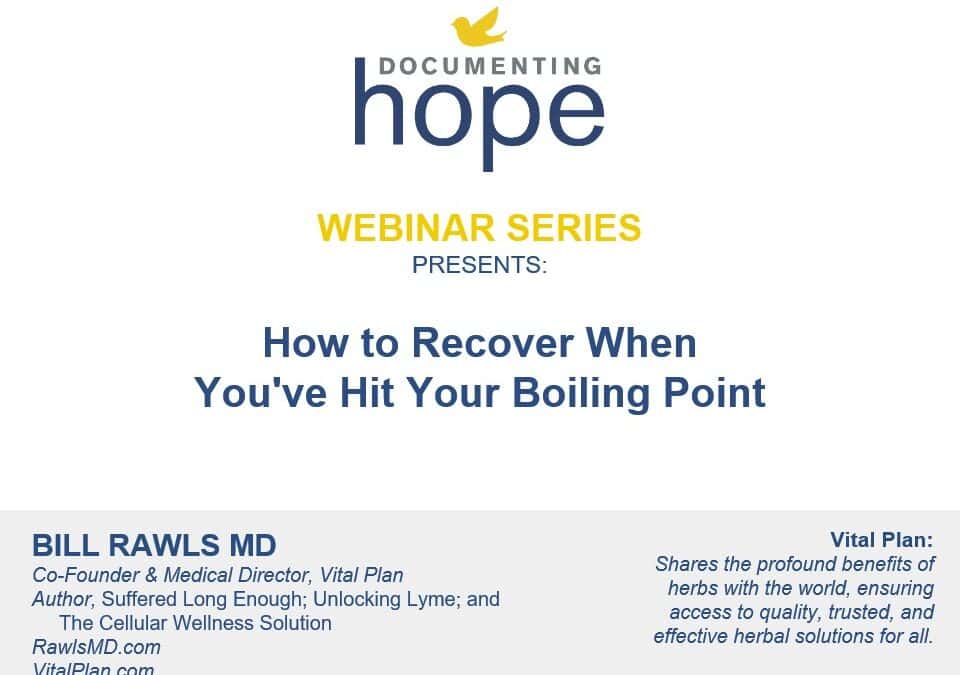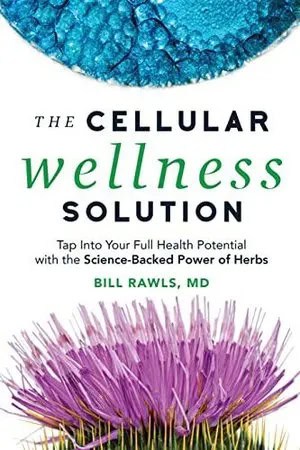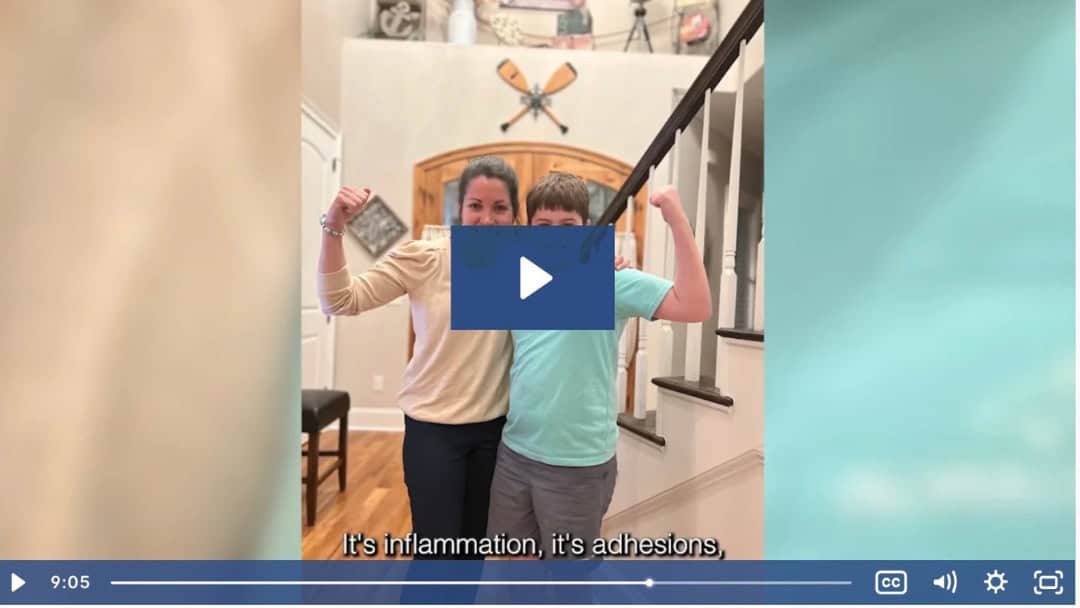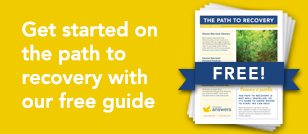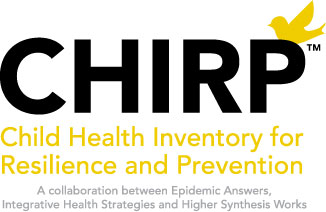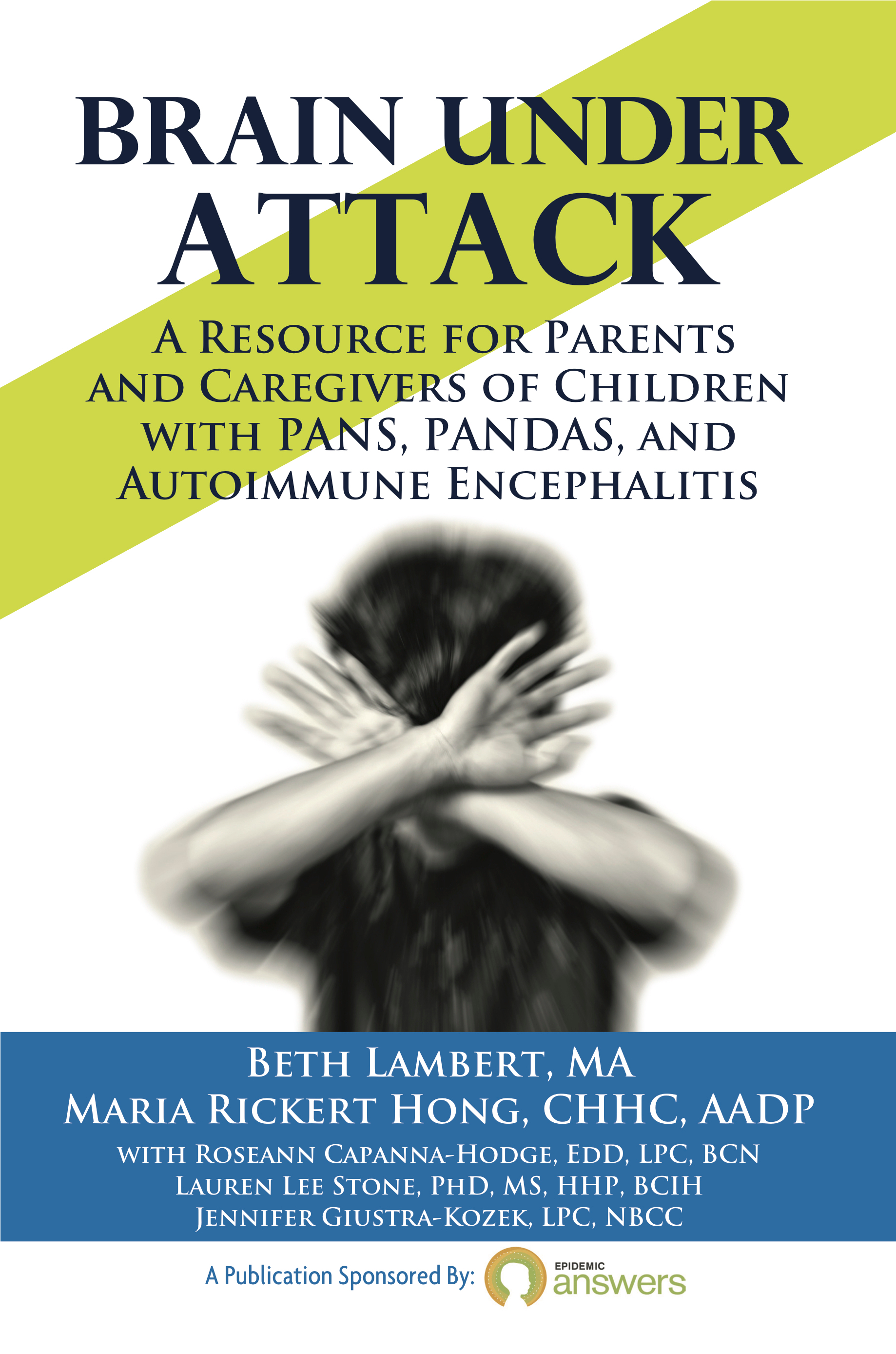We interviewed Bill Rawls MD, author of The Cellular Wellness Solution, about what do after you’ve hit your boiling point with Lyme disease, autoimmune diseases, chronic fatigue and other chronic health conditions. You can watch the replay below. Please note that you will be asked to provide your email address at the 30-minute mark to continue viewing the replay.
What Is the Boiling Point?
Dr. Rawls sees “the boiling point” as the connection between Lyme disease, fibromyalgia and chronic fatigue. The boiling point is reached when microbe reactivation causes enough cellular destruction to fuel a vicious cycle of accelerated microbe reactivation.
The problem with any of these diagnoses is that mainstream medicine sees these conditions as disorders, rather than diseases. Mainstream doctors considers diseases as treatable, whereas disorders are labels given to collections of symptoms for which there is no known cause or treatment. Because most doctors treat conditions only if there is a clearly identifiable diagnostic label, they don’t investigate root causes of disorders, and patients are left to wander from doctor to doctor looking for help. At best, these patients are given medications that suppress symptoms that don’t address underlying problems. At worst, their conditions continue to deteriorate becauses root causes are not addressed.
In This Webinar
In this webinar, Dr. Rawls helped us to understand this boiling point by answering the following questions:
- What are some of the root causes that can lead to this boiling point of microbe reactivation?
- Is microbe dormancy a plausible explanation for why chronic Lyme disease and related illnesses are so hard to treat?
- Can microbes that cause symptoms be eradicated in the body?
- Why is the use of antibiotics, ozone and other “kill the bug” strategies problematic in the long term?
- What is the key to success in addressing microbe-induced chronic conditions?
- Why should herbal therapy be more than just an alternative for treatment of chronic Lyme disease and similar chronic illnesses?
- Why should diet and lifestyle changes also be used in conjunction with herbal therapy?
Key Discussions
The Limitations of Conventional Medicine for Chronic Illness
Conventional medicine excels at acute intervention but often fails patients with chronic conditions because it mainly focuses on symptom management rather than addressing root causes. Chronic illness, as discussed, is complex and involves multiple factors simultaneously, requiring a more holistic, root-cause-oriented approach.
The Root Causes of Chronic Illness: The Cellular Model
Dr. Rawls presents a five-factor cellular wellness model: nutrients, clean environment (minimizing toxins), adequate rest and stress management, physical activity, and managing microbes. When these factors are imbalanced, cellular stress occurs, making the body more vulnerable to chronic conditions and microbe reactivation. Addressing these root causes helps restore health regardless of specific diagnostic labels.
Microbes, “Boiling Point,” and the Concept of Dormancy
Many microbes—like those causing Lyme disease and viral infections—can remain dormant in the body and reactivate under cellular stress, which Dr. Rawls terms the “boiling point”. Chronic conditions often flare when cumulative stressors overwhelm the body’s capacity, allowing latent microbes to become active and create ongoing symptoms. Managing stress and cellular health helps keep these microbes in check.
The Value of Herbal Medicine and Approaching Healing Holistically
Dr. Rawls attributes his recovery and thriving health to long-term use of specific herbs that support immune modulation, cellular protection, and microbial suppression—without the collateral damage antibiotics often cause. Herbal medicine, especially when taken with a focus on restoring the body’s natural equilibrium, not only manages microbes but also enhances the body’s resilience and self-healing abilities.
Adapting to Modern Life: Lifestyle Strategies for Wellness
Modern lifestyles—processed diets, toxin exposures, sedentary behavior, poor sleep, and chronic stress—are major contributors to health decline, creating an “unnatural existence” for human biology. By making conscious choices to optimize food, reduce exposures, prioritize sleep, manage stress, and use appropriate herbal and natural therapies, individuals can offset many modern risks and restore robust health.
Timestamped Overview
05:22 Chronic Lyme disease solution found
16:01 Persistent microbes: hidden in our bodies
19:17 Dormant microbes in human tissues
27:58 Balancing modern living and health
32:21 Mitochondrial decline and aging
38:18 Herbal remedies provide broad protection
44:39 Intracellular bacteria
49:16 Plants’ chemical immune system role
56:19 Herbal treatments for Lyme disease
59:30 Herbal therapy for gut restoration
01:05:42 Herb absorption issues with stevia
01:08:14 Herbal formulations
01:14:15 Restore180 program
01:19:42 Mycoplasma, an overlooked medical issue
01:24:58 Mycotoxin impact on cellular health
01:29:45 Herbs vs. essential oils
01:37:49 Diet, gut health and fermentation
01:41:06 Managing SIBO
Disclaimer
This webinar is not a substitute for medical advice, treatment, diagnosis, or consultation with a medical professional. It is intended for general informational purposes only and should not be relied on to make determinations related to treatment of a medical condition. Documenting Hope has not verified and does not guaranty the accuracy of the information provided in this webinar.
About Bill Rawls MD
Bill Rawls MD graduated from Bowman Gray School of Medicine at Wake Forest University in 1985. He holds his medical license in North Carolina.
Dr. Rawls has written extensively on health topics, including Lyme disease, fibromyalgia, and Chronic Immune Dysfunction. He’s the author of Suffered Long Enough; Unlocking Lyme; and The Celullar Wellness Solution. He has contributed to various health sites.
Aside from his writing, Dr. Rawls serves as Medical Director for Vital Plan, an herbal supplement and wellness company he co-founded with his daughter, Braden. You can find out more about him and his work at his websites https://rawlsmd.com and https://vitalplan.com

Still Looking for Answers?
Visit the Documenting Hope Practitioner Directory to find a practitioner near you.
Join us inside our online membership community for parents, Healing Together, where you’ll find even more healing resources, expert guidance, and a community to support you every step of your child’s healing journey.
Sources & References
Akhgarjand, C., et al. Does Ashwagandha supplementation have a beneficial effect on the management of anxiety and stress? A systematic review and meta-analysis of randomized controlled trials. Phytother Res. 2022 Nov;36(11):4115-4124.
Allen, R.W., et al. Cinnamon use in type 2 diabetes: an updated systematic review and meta-analysis. Ann Fam Med. 2013 Sep-Oct;11(5):452-9.
Ankri, S., et al. Antimicrobial properties of allicin from garlic. Microbes Infect. 1999 Feb;1(2):125-9.
Arado, G.M., et al. Anti-inflammatory and/or immunomodulatory activities of Uncaria tomentosa (cat's claw) extracts: A systematic review and meta-analysis of in vivo studies. Front Pharmacol. 2024 May 31:15:1378408.
Brorson, O., et al. Grapefruit seed extract is a powerful in vitro agent against motile and cystic forms of Borrelia burgdorferi sensu lato. Infection. 2007 Jun;35(3):206-8.
Feng, J., et al. Evaluation of Natural and Botanical Medicines for Activity Against Growing and Non-growing Forms of B. burgdorferi. Front. Med., 21 Feb 2020.
Feng, J., et al. Selective Essential Oils from Spice or Culinary Herbs Have High Activity against Stationary Phase and Biofilm Borrelia burgdorferi. Front Med (Lausanne).2017 Oct 11;4:169.
Gadidala, S.K., et al. Effect of garlic extract on markers of lipid metabolism and inflammation in coronary artery disease (CAD) patients: A systematic review and meta-analysis. Phytother Res. 2023 Jun;37(6):2242-2254.
Hawkins, J., et al. Black elderberry (Sambucus nigra) supplementation effectively treats upper respiratory symptoms: A meta-analysis of randomized, controlled clinical trials. Complement Ther Med. 2019 Feb:42:361-365.
He, Y., et al. Curcumin, inflammation, and chronic diseases: how are they linked? Molecules. 2015 May 20;20(5):9183-213.
Kim, S.K., et al. Hypoglycemic efficacy and safety of Momordica charantia (bitter melon) in patients with type 2 diabetes mellitus. Complement Ther Med. 2020 Aug:52:102524.
Kongkeaw, C., et al. Meta-analysis of randomized controlled trials on cognitive effects of Bacopa monnieri extract. J Ethnopharmacol. 2014;151(1):528-35.
Li, C., et al. The potential of plant extracts in cell therapy. Stem Cell Res Ther. 2022 Sep 14;13(1):472.
Li, Y., et al. The potential of dandelion in the fight against gastrointestinal diseases: A review. J Ethnopharmacol. 2022 Jul 15:293:115272.
Li, Z., et al. Ginger for treating nausea and vomiting: an overview of systematic reviews and meta-analyses. Int J Food Sci Nutr. 2024 Mar;75(2):122-133.
Liu, Q., et al. Antibacterial and Antifungal Activities of Spices. Int J Mol Sci. 2017 Jun 16;18(6):1283.
Siddiqui, M.Z. Boswellia serrata, a potential antiinflammatory agent: an overview. Indian J Pharm Sci. 2011 May;73(3):255-61.
Theophilus, P.A., et al. Effectiveness of Stevia Rebaudiana Whole Leaf Extract Against the Various Morphological Forms of Borrelia Burgdorferi in Vitro. Eur J Microbiol Immunol (Bp). 2015 Nov 12;5(4):268-80.
Wang, S., et al. Positive Role of Chinese Herbal Medicine in Cancer Immune Regulation. Am J Chin Med. 2020;48(7):1577-1592.
Zhang, J., et al. [Study on Panax notoginseng mobilizing marrow stem cells efferens efficiency of acute myocardial infarction in rats]. Zhongguo Zhong Yao Za Zhi. 2009 Apr;34(7):893-5.
Zheng, H., et al. Total saponins of Panax notoginseng enhance VEGF and relative receptors signals and promote angiogenesis derived from rat bone marrow mesenchymal stem cells. J Ethnopharmacol. 2013 Jun 3;147(3):595-602.
Resources
Buhner, Stephen Harrod. Healing Lyme: Natural Healing of Lyme Borreliosis and the Coinfections Chlamydia and Spotted Fever Rickettsiosis. Raven Press, 2015.
Buhner, Stephen Harrod. Herbal Antibiotics, 2nd Edition: Natural Alternatives for Treating Drug-resistant Bacteria. Storey Publishing, 2012.
Buhner, Stephen Harrod. Herbal Antivirals: Natural Remedies for Emerging & Resistant Viral Infections. Storey Publishing, 2013.
Candee, Andrea, et al. Gentle Healing for Baby and Child: A Parent's Guide to Child-Friendly Herbs and Other Natural Remedies for Common Ailments and Injuries. Gallery Books, 2003.
Gladstar, Rosemary. Herbs for Children's Health: How to Make and Use Gentle Herbal Remedies for Soothing Common Ailments. Storey Publishing, 2015.
Gladstar, Rosemary. Herbs for Stress & Anxiety: How to Make and Use Herbal Remedies to Strengthen the Nervous System. Storey Publishing, 2014.
Hoffmann, David. The Complete Illustrated Holistic Herbal: A Safe and Practical Guide to Making and Using Herbal Remedies. Element Books Ltd., 1996.
McIntyre, Anne. The Herbal for Mother and Child. Thorsons, 2003.

